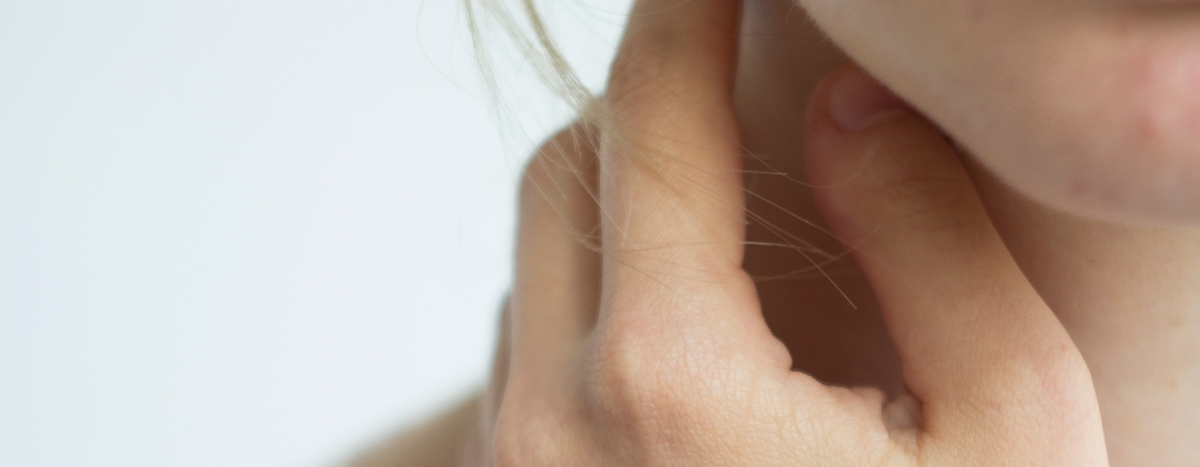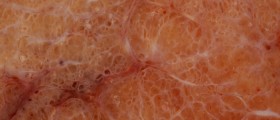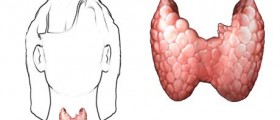Radioactive Iodine Treatment Definition
Some thyroid diseases or thyroid cancer is treated with radioactive iodine treatment. And the element iodine of a radioactive form is the procedure that is truly needed.
Radioactive iodine annuls cancerous cells and in the process of radioactivity does not expand further on in the body.

Radioactive Iodine Procedure
A procedure is designed to cure hyperthyroidism, over-activity of a thyroid gland, and different types of cancers.
- Radioactive iodine is taken up and concentrated in thyroid follicular cells by the membrane transporter, i.e., the sodium-iodide symporter (NIS) where it subsequently produces ionizing radiation that ablates the thyroid remnant and eliminates any suspected micrometastases. Although NIS is mostly expressed in thyroid tissue, it is also found in other tissues that capture radioactive iodine, including the stomach, salivary glands, thymus, nasal mucosa, lacrimal glands, and lactating breasts.
- The first line of treatment for thyroid carcinoma is surgery, except for certain cases of anaplastic thyroid carcinoma. Total or near-total thyroidectomy is recommended for the majority of PTC and FTC (follicular thyroid carcinoma) patients. External-beam radiation is also considered for older patients (>45 years) with extensive PTC in whom complete surgical excision is impossible and in patients whose tumors do not concentrate radioactive iodine. After thyroidectomy, radioactive iodine therapy is used in patients with distant organ metastases, incomplete tumor resection, or complete tumor resection with a high risk of recurrence and mortality.
- The ability of the thyroid gland to accumulate radioactive iodine is important in the diagnosis and treatment of thyroid disorders. Increased thyroidal NIS mRNA and protein expression in benign thyroid diseases such as GD (3-4 fold compared to the normal thyroid) allows effective therapy with radioactive iodine. Although radioactive iodine therapy has been established for treating GD, the approach to dosing however remains controversial due to different goals for treatment (control of hyperthyroidism vs. avoidance of hypothyroidism).
- Because of expression of NIS in extrathyroidal tissues, side effects of radioactive iodine therapy are expected. High doses of radioactive iodine (25-500 mCi) have early and late complications. Early complications include dry eye, pregnancy and ovarian complications (fetal thyroid ablation, birth defects and growth retardation), gastritis, nausea and vomiting, taste changes, bone marrow suppression, and hypospermia. Late complications include leukemia and secondary cancers, pulmonary fibrosis, and chronic dry eye. Compared to antithyroid drugs, after radioactive iodine therapy, antigens (thyroglobulin and thyroperoxidase) are released into circulation and activate T cells. This could explain why this therapy may be associated with secondary immunological disturbances that increase the risk for worsening of Graves’ ophthalmopathy.
- Radioactive iodine causes beta-cell dysfunction Beta-cells are especially sensitive to reactive oxygen species, because of their low expression of anti-oxidant enzymes that include catalase and glutathione peroxidase compared to other tissues such as the liver. Radioactive iodine enters cells and causes ROS-induced damage; in addition, ionizing radiation transmitted from adjacent organs can also contribute to this damage.
But there are side effects of radioactive iodine therapy, because radioactivity may be really harmful. Side effects such as neck pain, sore throat, nausea, flushing, tiredness, dry mouth, metallic taste, a tight throat, and extreme levels of thyroid hormone (low or high). Pregnant women are at special risk for possible complications and radiation should postpone breastfeeding for a week minimum.
But before going to treatment, it is better to have a special diet that includes taking food with low iodine. Taking any medicines for thyroid hormone is also ceased during that period. Drinking or eating for at least two hours before the procedure is necessary, but taking water is allowed.
The procedure follows with iodine radioactive tablets. With orally taken tablets, the thyroid will absorb radioactive iodine right away. The treatment carries no pain and it takes only a couple of hours, but it requires certain procedures to follow.
Radioactive iodine passes through the urine and may be still actively discharged in the toilet bowel. And it is not allowed to eat solid food 2 hours before treatment, while it is allowed to drink plenty of water instead. After the treatment, it is recommended to empty the bladder from the extra iodine.
However, it is not good to lie or stand near anyone for 48 hours after the treatment because of the radioactivity involved in the treatment. Also, no sharing food, drink, or bed for 48 hours at least. Always clean your hands or flush the toilet very thoroughly at that period for some time.
After 48 hours it is allowed to take usual thyroid medicines. Thyroid levels are getting back on track, in a period of 8-12 weeks. But sometimes, there is a need for a second treatment with radioactive iodine which is luckily not too often.
Consulting a doctor should be done 4 to 6 weeks after the treatment. But be aware, cause radioactive active iodine treatment can cause a low thyroid function or hypothyroidism. In such case the doctor needs to verify thyroid status every month for some time until the state or patient approves.












-In-Infants-And-Older-Children_f_280x120.jpg)

-What-Are-Your-Options_f_280x120.jpg)


Your thoughts on this
Loading...